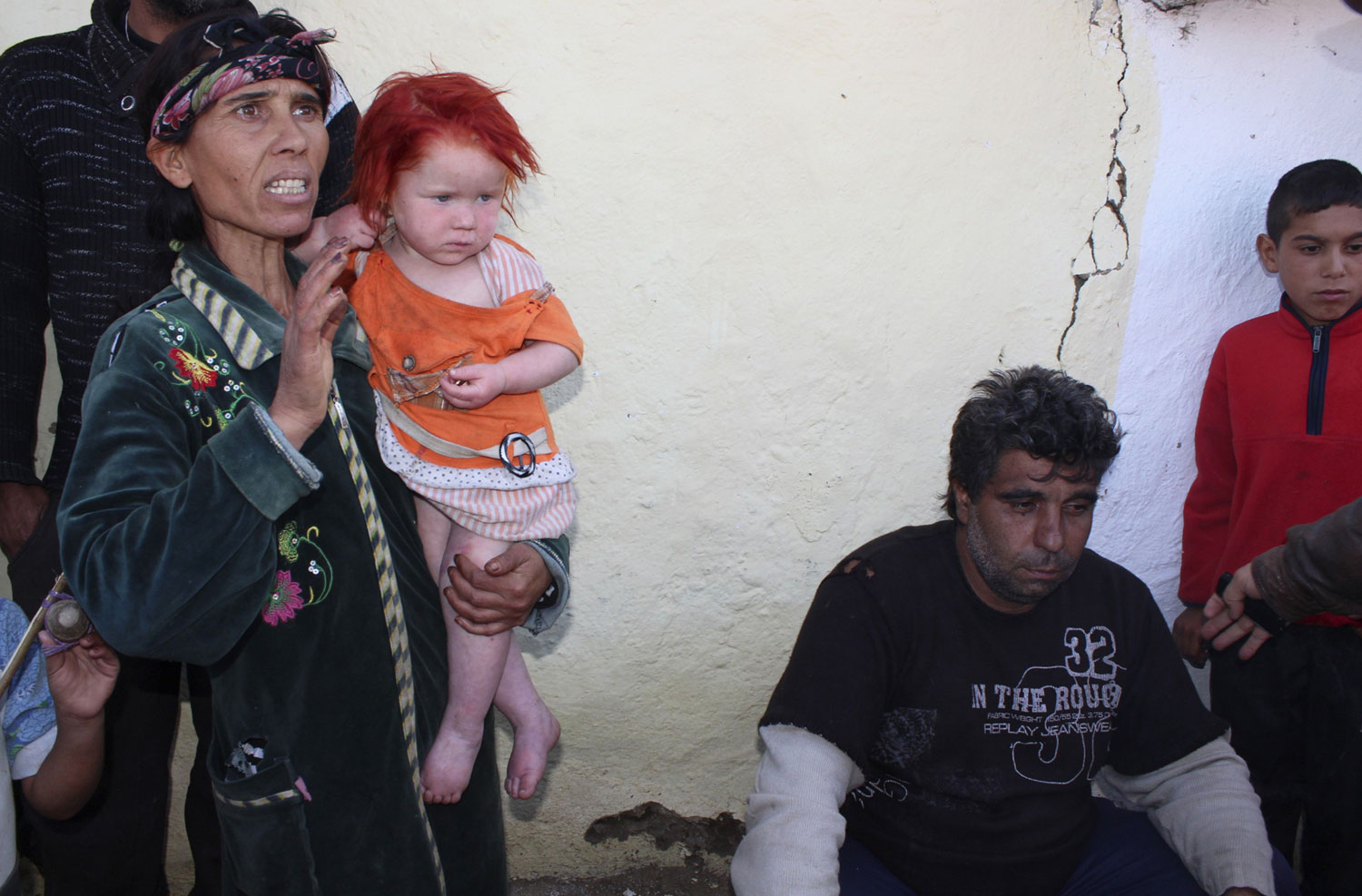
On October 21 in Dublin, an anonymous Facebook poster tipped off a news channel about a blond-haired, blue-eyed child living with a dark-skinned Roma family. The journalists alerted the police, who raided the home and took the 7-year-old girl away on a hunch—that hunch being the blood libel that Roma steal kids. The next day, seventy-five miles away in Athlone, a 2-year-old boy was removed from his Roma parents in similar circumstances. DNA tests proved both hunches wrong. Rumor and racism had taken the place of policing and journalism, resulting in immense trauma for both families.
This panic was sparked by an incident in Greece a few days earlier, when a blond-haired 4-year-old girl, Maria, was found in the care of a dark-skinned Roma couple who turned out not to be her biological parents. Maria was not the victim of a child-trafficking network, but rather had been informally adopted. Her biological mother, a Bulgarian Roma woman (also dark-skinned), left her with the Greek family as a baby because she felt unable to take care of her. So the Greek authorities took Maria from the only family she’s ever known. But she’s unlikely to go back to her biological mother: the attention created by the case drew attention to her mother’s circumstances, causing a public outcry at the conditions in which she was raising so many children. The Bulgarian authorities have since taken away seven of her children, insisting that she doesn’t have the means to care for them—which is precisely why she gave Maria away in the first place.
In none of these cases was there any suggestion that the children were being abused. The problem was that the families were poor and their faces didn’t “fit.” But trying to identify ethnicity by phenotype is nonsense. Just a few hours among Roma is enough to understand that their skin tones range from the complexion of a Tamil to that of a Caucasian. On the same basis, most of the wealthiest infants in Manhattan would be taken away by the state because they’re white kids who spend most of their time in the care of dark-skinned nannies.
In any case, this wasn’t about child protection; it was about racism. Claiming to be acting judiciously in the interests of children who were allegedly abducted, these states acted prejudicially and abducted these children solely because their parents were Roma.
The Roma are Europe’s largest and fastest-growing ethnic minority. Today, at around 12 million (no firm figures exist), the Roma population is roughly the size of Ohio’s. Dispersed across Europe, but mostly settled in the East, they make up 10 percent of Slovaks and Bulgarians, 9 percent of Macedonians, 8 percent of Romanians, 7 percent of Hungarians, and around 3 percent of Czechs and Greeks, with smaller populations elsewhere. One of the preconditions for these countries joining the European Union ten years ago was that they clean up their inhuman treatment of the Roma. Since then, however, it’s become clear that their attitudes are shared by many of the Western European gatekeepers.






